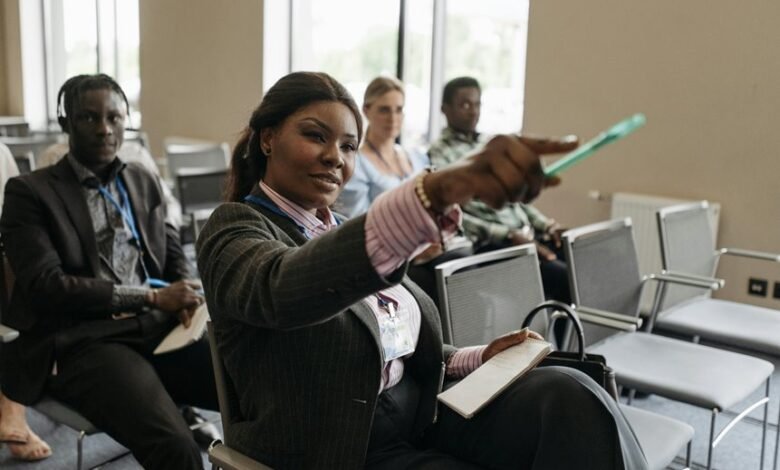Gamificationsummit Xendit Work

The Gamification Summit hosted by Xendit presents a critical exploration of gamification's role in enhancing workplace dynamics. By embedding game mechanics into everyday tasks, organizations can cultivate an environment ripe for engagement and productivity. However, the effectiveness of these strategies hinges on several key factors, including clarity of objectives and the design of rewards. As companies navigate this innovative landscape, the implications for employee satisfaction and organizational success warrant further examination. What might be the next steps in this evolving strategy?
The Rise of Gamification in the Workplace
As organizations increasingly seek innovative strategies to enhance employee engagement and productivity, the rise of gamification in the workplace has emerged as a transformative trend.
By integrating game mechanics into daily tasks, companies effectively utilize motivation techniques that foster enthusiasm and collaboration.
This dynamic approach not only elevates performance but also empowers employees, creating an environment that embraces creativity and fosters a sense of ownership.
Key Features of Successful Gamification Strategies
Successful gamification strategies hinge on several key features that differentiate them from traditional engagement methods.
Effective use of engagement metrics allows for real-time adjustments, enhancing user experience. Furthermore, the incorporation of psychological triggers, such as rewards and competition, fosters motivation and participation.
Together, these elements create a dynamic environment that empowers individuals to take ownership of their learning and performance journey.
Real-World Examples of Gamification Impact
While many organizations have embraced gamification as a tool for engagement, the tangible impacts of such strategies are best illustrated through real-world examples.
Companies like Deloitte have reported a notable increase in employee engagement and motivation enhancement through gamified training programs.
Similarly, Microsoft's gamified approach to performance management has led to heightened productivity and a more dynamic workplace culture, showcasing the effectiveness of these methods.
Best Practices for Implementing Gamification Techniques
Real-world examples of gamification illustrate its potential, but the effectiveness of these strategies hinges on their implementation.
Successful gamification requires clear objectives, regular employee feedback, and the tracking of engagement metrics.
Tailoring rewards to individual preferences enhances motivation, while a transparent system fosters trust.
Ultimately, aligning gamification efforts with organizational goals can liberate creativity and drive sustained employee involvement and satisfaction.
Conclusion
In the vibrant tapestry of modern workplaces, gamification emerges as a powerful thread, weaving together motivation and engagement. As organizations embrace this innovative approach, they unlock the potential for enhanced collaboration and creativity, transforming mundane tasks into captivating challenges. By adopting tailored strategies and learning from successful case studies, companies can cultivate an environment where employees thrive, turning the workplace into a dynamic arena of productivity and satisfaction, ultimately painting a brighter future for all.





